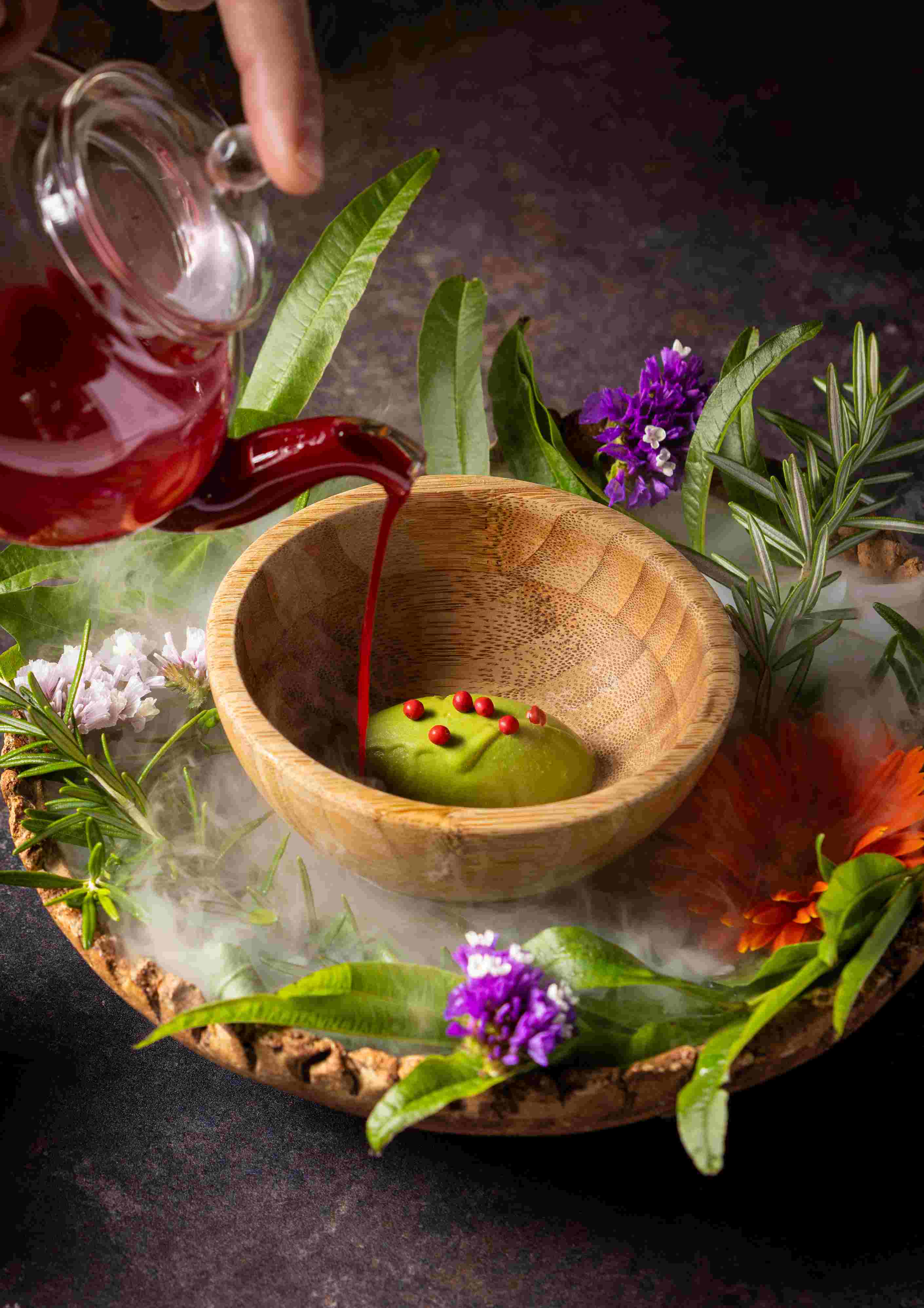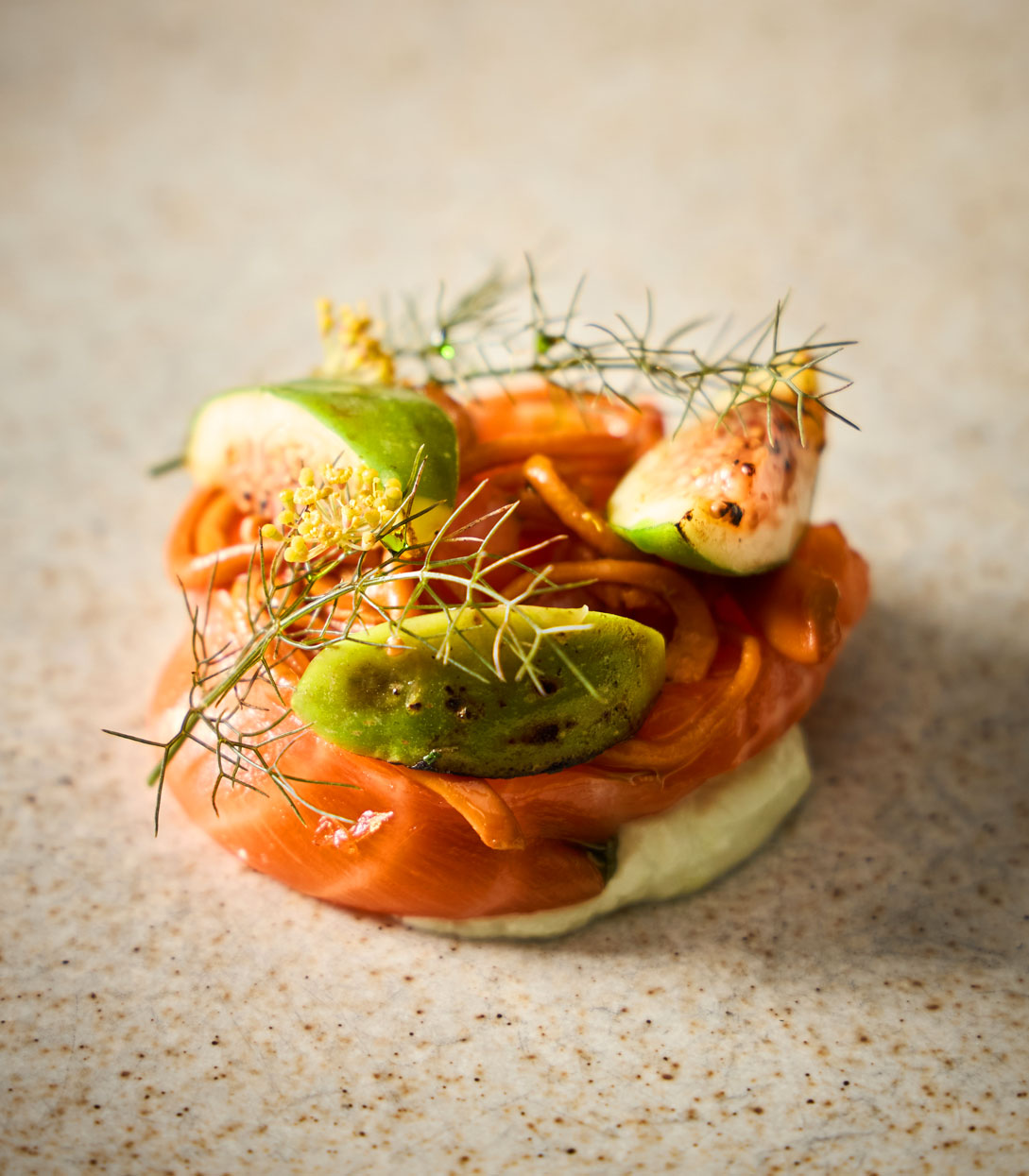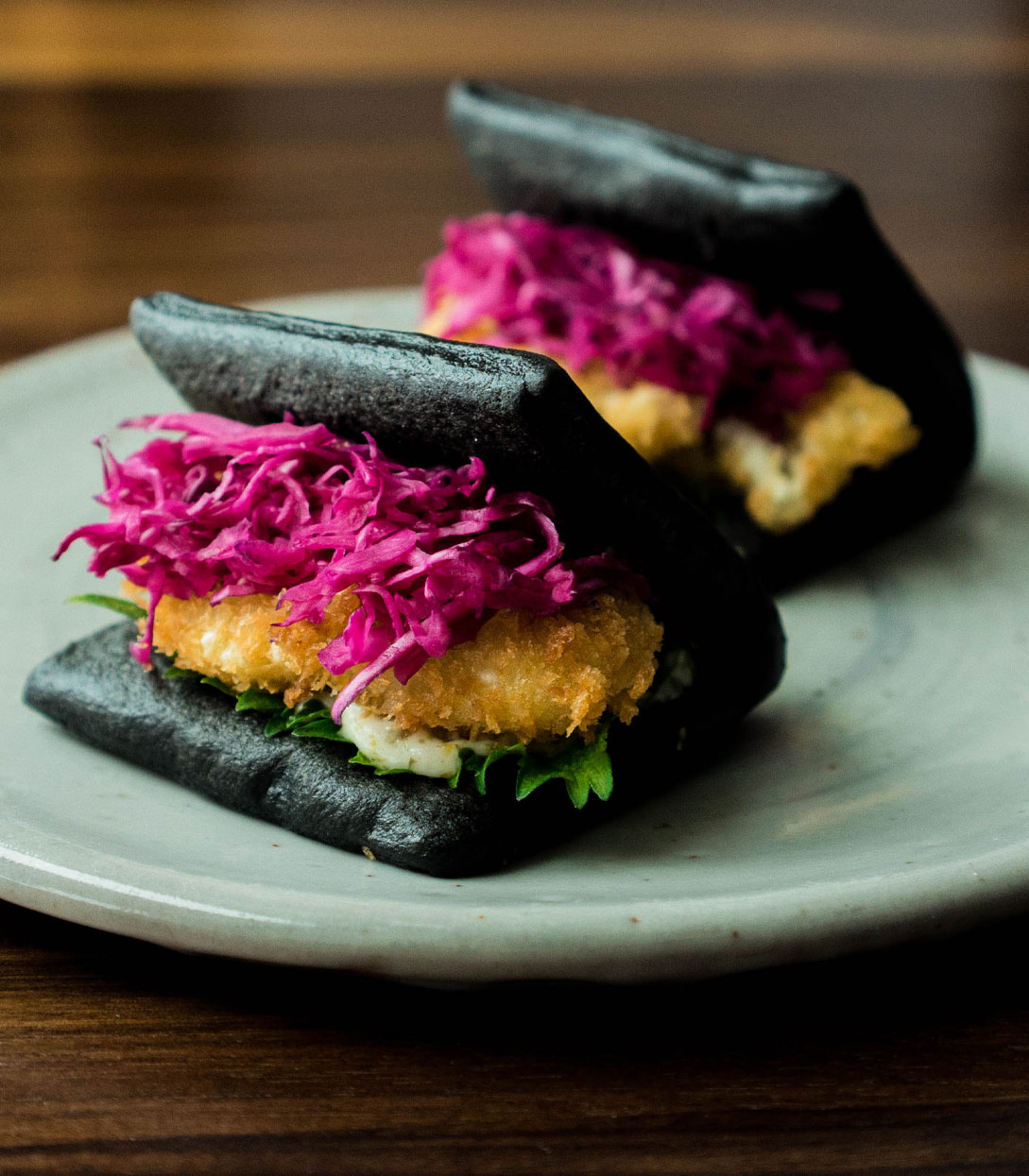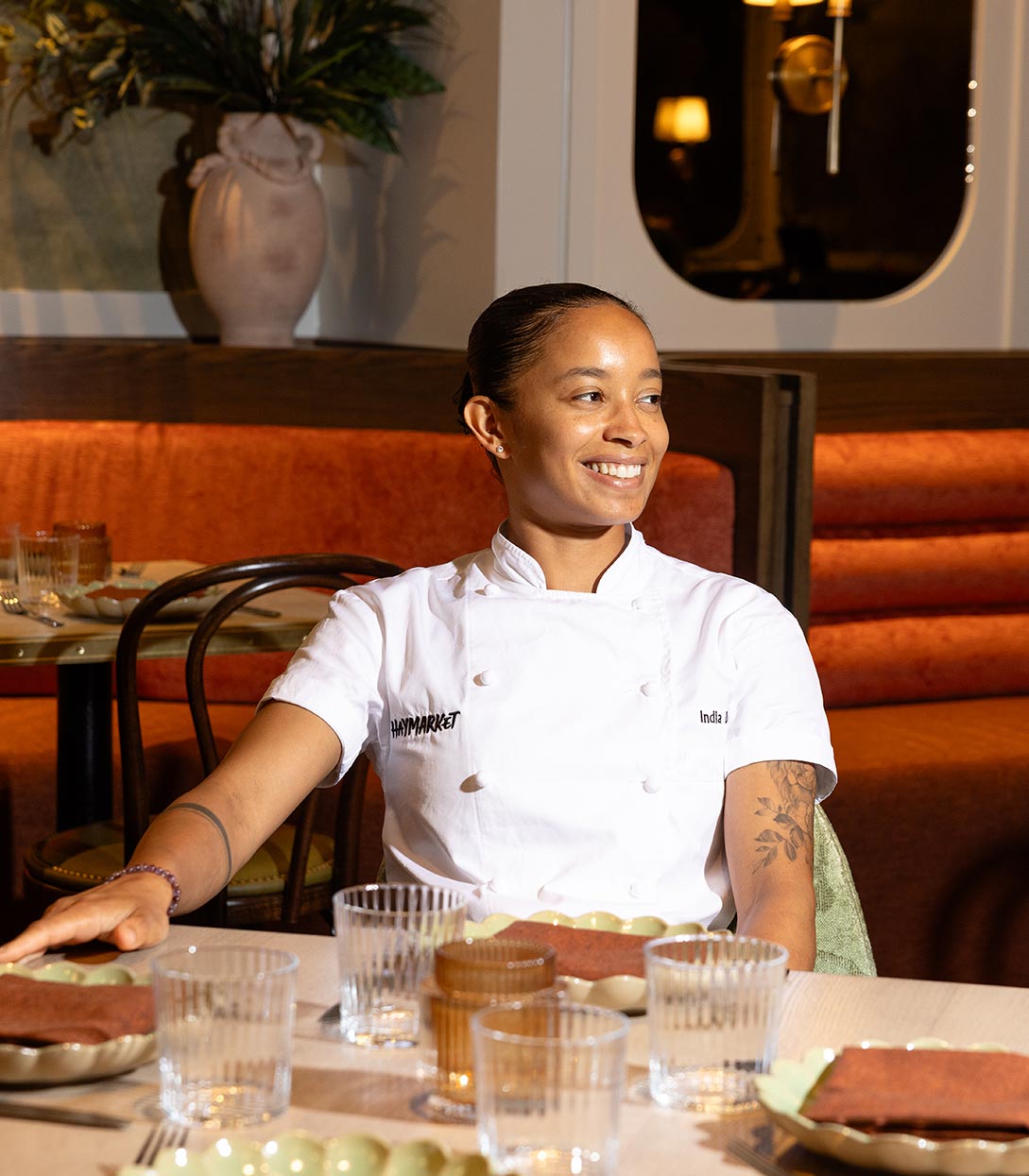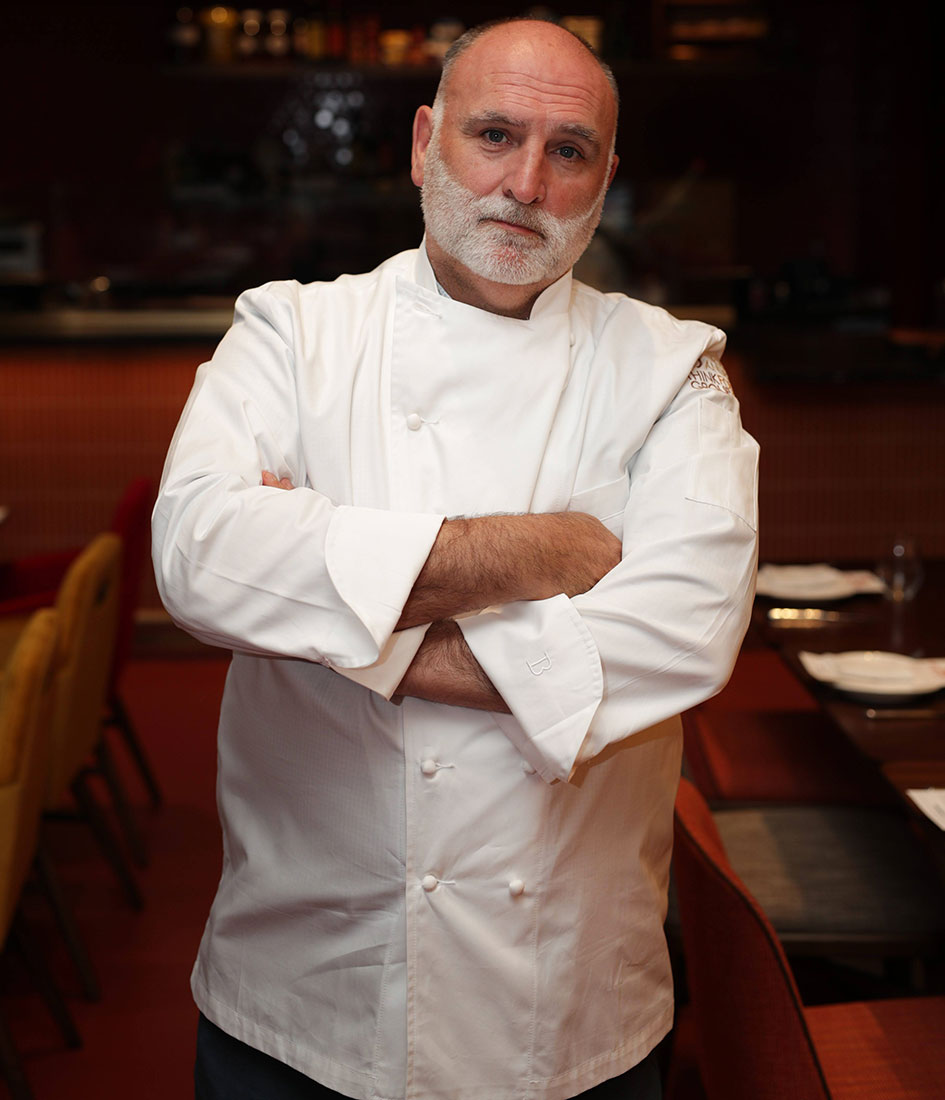Centuries before the French introduced America to the multicourse menu dégustation, the Japanese were celebrating, arguably, the world’s highest form of culinary art and original tasting menu: kaiseki-ryōri. With roots that date back to 16th century traditional Japanese tea ceremonies, “kaiseki cuisine is distinguished by its commitment to preserving the true tastes of seasonal ingredients” though a chef’s dexterous use of various cooking techniques and by “creating a harmonious blend of flavors, textures, and aesthetics in the multicourse meal,” explains Yoichi Kawabata, the chef-owner of Santa Barbara’s hidden gem of a traditional Japanese restaurant, Yoichi’s.
Simply put, kaiseki is “a progression of dishes based on the seasons in combination of serving food that is curated with the five cooking techniques: grilled, steamed, simmered, fried, and raw,” adds David Schloeeser, who heads up Los Angeles’ ancient Japanese technique-rooted One MICHELIN Star Shibumi.
Meals typically span seven to 14 courses and begin with zensai, small seasonal appetizers such as the sweet black beans, dashi-steeped vegetables, and tamagoyaki egg omelette flight on offer right now at New York’s Towa, and conclude with gohan, a rice or noodle dish, like the seasonal mushroom donabe that Three MICHELIN Star and Green Star SingleThread chef Kyle Connaughton is currently serving to conclude the savory portion of his tasting menu.
Kaiseki is the story of seasonality. It’s the story of time and place, and it’s a style of dining that asks diners to stop––and appreciate the moment. Below, five exciting kaiseki-inspired restaurants to try in time for spring.

Shibumi, CA
The only restaurant in Los Angeles wed to ancient Japanese techniques from 1600-1800s is chef David Schlosser’s eight-year-old, One MICHELIN star Shibumi in Downtown. With a complete menu change every three months and the total abandonment of “ingredients from western cultures” according to Schlosser, it would be fair to call Shibumi more traditionally Japanese than most. Seated at a 400-year-old cypress wood counter that’s lined with 16 seats, patrons sign up for a hyper-seasonal eight-course tasting menu ($125, with the option to add-on dishes), with each course pegged to a style of cooking like steaming, grilling, and frying; the current hassun course (the most important courses on a kaiseki meal that establishes the seasonal theme) involves a whole yuzu that’s stuffed with walnut miso and aged for one year, plus a whole dried spear squid that is cured and aged for one year, then grilled and served with a salted plum dip.

SingleThread, CA
Modeled after a traditional Japanese inn known as a ryokan but set in California wine country, SingleThread is the luxe five-room inn with a Three MICHELIN Star restaurant helmed by chef Kyle Connaughton and his farmer-wife Katina. For the last seven years, they have been serving one of the U.S.’ most ambitions kaiseki-inspired menus. In addition to embracing the architecture of this elegant Japanese meal, notes Connaughton, “more importantly we follow the ethos of expressing the moment of the season … and the real sense of time and place.” Seeking to represent Northern California’s beautiful bountiful produce, Katina and her team farm rare Japanese vegetables like hourglass-shaped green shishigatani pumpkin and squat kamo nasu eggplant on the couple’s 24-acre farm that’s a quick drive away. The intricate 10-course meal splits the difference between the garden’s stunning harvest and luxury ingredients like caviar and crab.
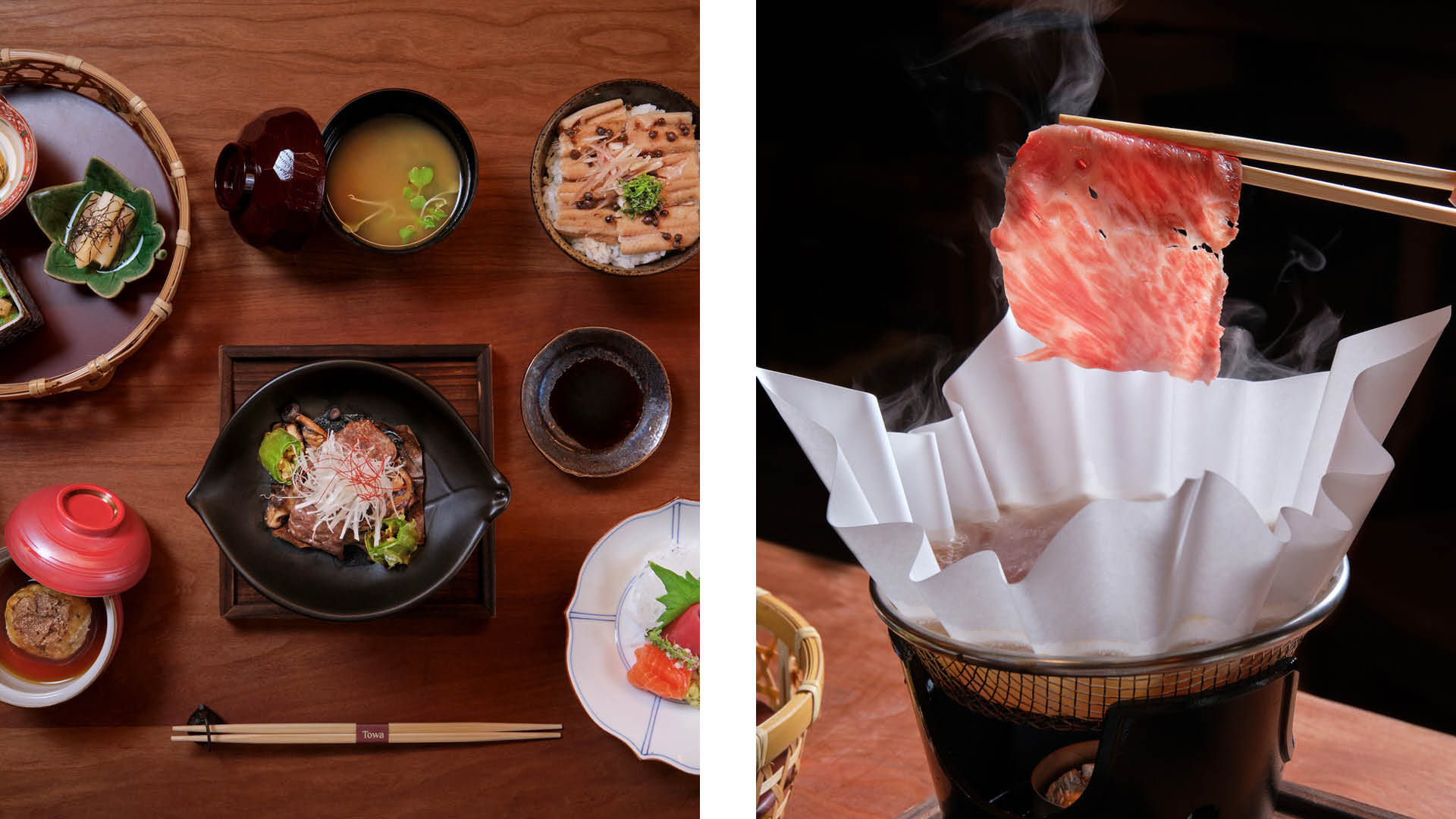
Towa, NYC
From Hand Hospitality––the power team behind top Korean eateries like Atomix and Jua––comes their inaugural, now two-year-old, minimalist Japanese eatery in Nomad: Towa, a kaiseki-inspired restaurant with a nine-seat omakase counter helmed by chef Masaya Shira (formerly of One MICHELIN Star Sushi Azabu). Offering two kaiseki omakase menus (eight courses in the dining room, or 17 courses at the bar), Shira explains that he strives “to create dish[es] that incorporate traditional Japanese cooking methods, utilize seasonal ingredients, and maximize the natural flavors of the ingredients.” His menu changes four times per year, weaving in plates like fried Japanese yam with crab sauce, and the house signature grilled black cod.

Hirohisa, NYC
Hirohisa, the cozy, under-the-radar SoHo gem from chef Hirohisa Hayahi has been quietly plating one of New York’s most elegant kaiseki meals for over a decade. Within a postage stamp-sized, sparsely decorated open kitchen restaurant, the eight-course omakase menu changes monthly and incorporates ingredients both local and imported from Japan. Hayahi explains that his menu is based on kaiseki traditions, but “with arrangements and adjustments suited for climate differences between Japan and New York,” and the availability of local ingredients. Right now one will find a steamed winter dish of Boston-sourced trigger fish that’s topped with grated turnip from Upstate. Pro tip: Snag one of the seven counter seats for a kappo-style presentation; an additional 10 seats are in the dining room.

Yoichi's, CA
Located on a quiet residential block just three blocks from downtown Santa Barbara sits Yoichi’s, the nearly decade-old namesake restaurant from former Nobu Tokyo chef Yoichi Kawabata. With a modest, homey dining room Kawabata plates an intricate, eight-course kaiseki menu, which the chef says “doesn't conform to flashy trends or seek to entice diners with unconventional creations.” Instead, his focus is on honoring his home country’s highest form of culinary art by prioritizing “freshness, simplicity, and artful presentation,” aiming to enhance the flavor of each ingredient rather than masking it with various sauces. While plates evolve as the seasons change, right now for the winter chef deems his signature dish to be the Shiizakana (a larger hot dish): a kombu-marinated kinmedai (golden eye snapper) in a bonito broth with koji-miso-marinated black tiger shrimp, shiitake mushrooms, grated daikon radish and chive sprouts.
Hero image: John Troxell/SingleThread









